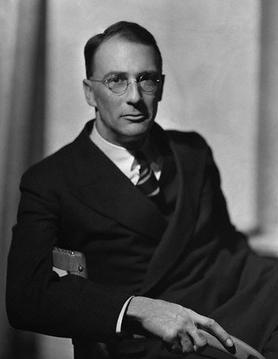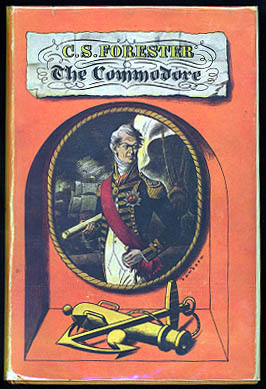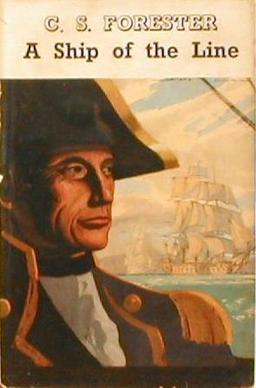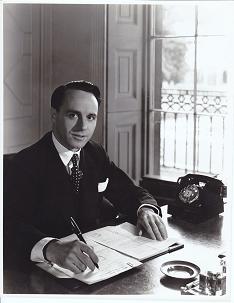Plot
In 1807, during the Napoleonic Wars, Royal Navy Captain Horatio Hornblower is given command of the 38-gun frigate HMS Lydia and tasked with a secret mission to Central America: he is to provide arms and support to a local warlord, Don Julian Alvarado, who has organized a rebellion against the colonial authorities of Spain, an ally of Britain's enemy France. Alvarado turns out to be a bloodthirsty megalomaniac who calls himself "El Supremo" ("The Almighty"). Hornblower also learns that a much more powerful warship, the 60-gun Natividad, is en route to suppress the rebellion. When it anchors nearby, Hornblower and his crew board and capture it in a surprise night attack. He then reluctantly surrenders the ship to Alvarado over his own personal feelings of disgust towards the man, and they go their separate ways.
A Spanish lugger then delivers news to Lydia that Spain has switched sides, and Hornblower must deal with Alvarado personally. Two passengers board the Lydia (over Hornblower's strenuous objections): Lady Barbara Wellesley and her maid, fleeing a yellow fever epidemic. As Lady Barbara is the (fictitious) sister of the Duke of Wellington (Historically, Wellesley, in 1807, was not yet the 1st Duke of Wellington as this title was only bestowed upon him in 1814), Hornblower cannot refuse her request for passage to England.
Using superior seamanship and masterful tactics, Hornblower sinks the more powerful Natividad, killing Alvarado and ending the rebellion. When the Lydia's surgeon is killed during the battle, Lady Barbara insists on tending the wounded. She falls gravely ill as a result and Hornblower nurses her back to health. On the voyage back to England, they fall in love. However, when she speaks of her feelings (although she is engaged), Hornblower gently tells her he is married. Later, they meet in a passageway and embrace passionately. She promises her maid's discretion, but he says that they are not free.
After arriving home, Hornblower learns that his wife has died in childbirth, leaving him an infant son. Later, he is given command of the Sutherland, a 74-gun ship of the line captured from the French and is assigned to a squadron commanded by Rear Admiral Leighton. Leighton has just returned from his honeymoon with Lady Barbara. Outside the Admiralty, Lady Barbara tells Hornblower that she did not learn of his wife’s death until she returned from Ireland. Leighton's squadron is ordered to help enforce the British blockade of France.
Hornblower learns that four French ships of the line have broken through the blockade. Leighton assumes they will make for the Mediterranean, but Hornblower suggests that they mean to support Napoleon's campaign on the Iberian Peninsula. Leighton decides to cover both possibilities by detaching one ship to patrol the French coast. When he learns that Hornblower's Sutherland is best suited for this task, having the shallowest draught, he accuses Hornblower of pursuing glory and prize money and gives him strict orders not to engage the French without first summoning the rest of the fleet.
Hornblower's French-built ship is subsequently mistaken for a friendly vessel by a small French brig, which flies the enemy's recognition signal for the day. After capturing the vessel, Hornblower learns from its captain that he is correct: the four ships plan to sail to Spain. In violation of his orders, Hornblower enters the enemy harbor where the French ships are anchored and guarded by a well-armed fort. By flying a French flag, using the recognition signal, and taking advantage of his ship's French design, Hornblower fools the garrison into believing that the Sutherland is friendly. His gun crews dismast all four enemy ships before cannon fire from the fort forces the British to abandon ship. Hornblower scuttles his ship in the channel, bottling up the French ships before he and his surviving crew are taken captive.
As the rest of the British squadron arrives to complete the job, Hornblower, his first officer Bush, and Sutherland coxswain Quist are sentenced to hang for piracy in the center of Paris. They manage to escape and make their way to the port of Nantes. Sympathetic locals provide them with disguises to pose as Dutch customs officers so they can board the Witch of Endor, a captured British ship. They overpower the skeleton crew, free a working party of British prisoners of war to man her and sail to England.
Hornblower is hailed as a national hero but learns that Leighton lost his life in the attack on the French fleet. The commander returns home to visit his young son and finds Lady Barbara there. The film ends by showing the two embracing.
Premiere and reception
The film had its worldwide premiere in the presence of Princess Margaret at the Warner Theatre, Leicester Square, London on 12 April 1951. The premiere was in aid of King George's Fund for Sailors and the "Foudroyant" appeal (the presently restored frigate renamed HMS Trincomalee afloat in the Historic Quay, Hartlepool, UK). [11]
Bosley Crowther, critic for The New York Times , said it has "plenty of action ... It may be conventional action, routine in pattern and obviously contrived, with less flavor [of the books] in it than of the workshops of Hollywood. However, it should please those mateys who like the boom of the cannon and the swish of the swords." [12] Bob Thomas said it "is excellent adventure stuff ... the dialogue and action can be stilted at times. But there is enough eye-catching excitement and color to offset that." [13] TV Guide wrote that "Walsh's direction has no time to linger. Guy Green's camerawork and Robert Farnon's jolly score are helpful." [14]
According to Warner Bros' accounts, the film earned $2,598,000 domestically and $2,735,000 foreign. It was the studio's most expensive film of the year but also their most popular. [1] It was the 9th most popular film at the British box office that year. [15]
The film has been well-received by modern critics. The film review aggregator website Rotten Tomatoes gives it 7.3 out of 10 and a 100% "fresh" rating. [16]












